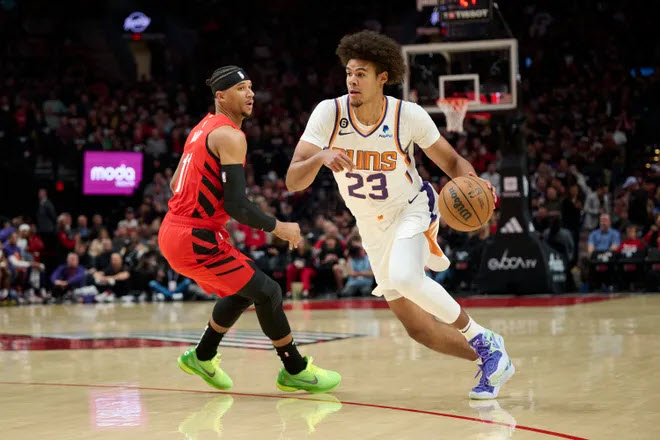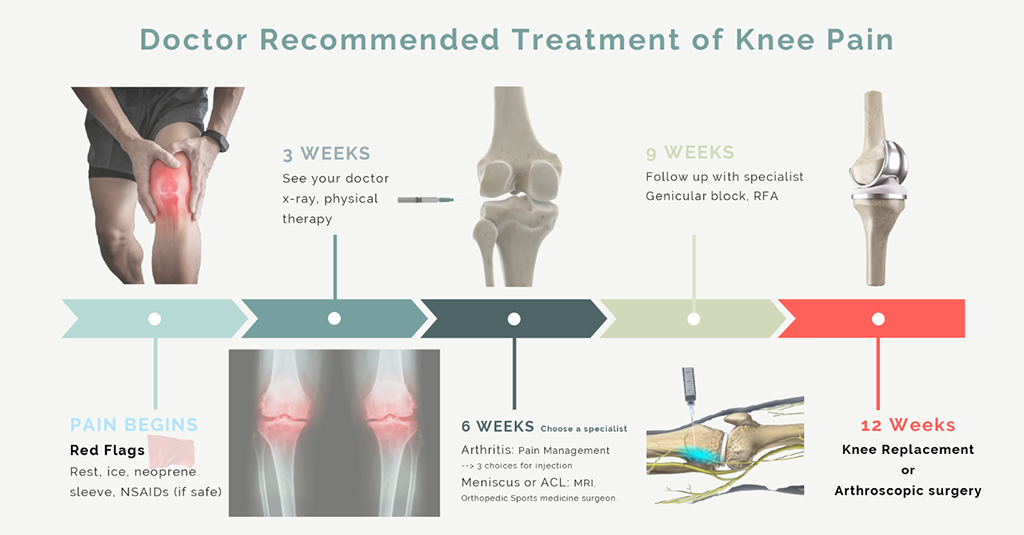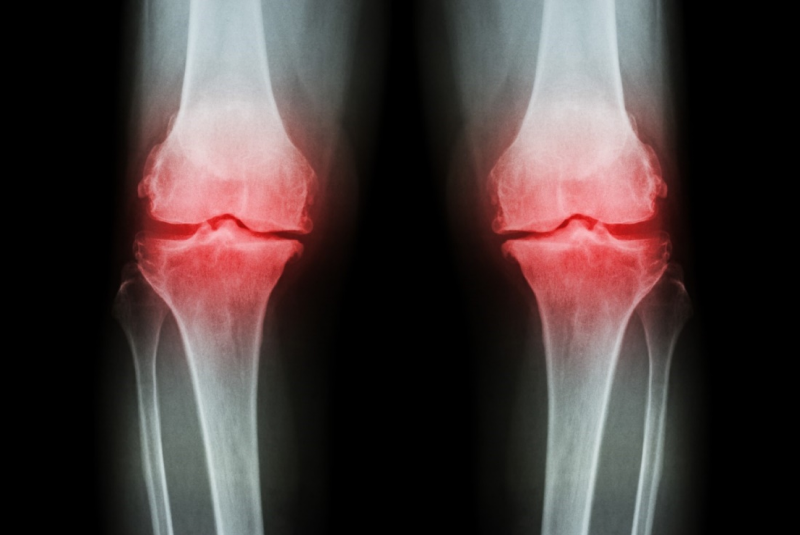
Doctor recommended treatment of a torn meniscus
Doctor recommended treatment of a torn meniscus https://bestpracticehealth.tv/wp-content/uploads/2022/11/cam-johnson.jpg 660 440 Best Practice Health TV Best Practice Health TV https://bestpracticehealth.tv/wp-content/uploads/2022/11/cam-johnson.jpgThe NBA season is barely underway and one of my favorite players is already out with a torn meniscus. The Phoenix Suns forward Cam Johnson tore his meniscus on a maddeningly routine play as he walked down across the court. As it happens, I was at the game and Cam was a few feet in front of me when the injury happened.

It’s not always this dramatic. Each of the two menisci in your knee is a horse-shoe shaped piece of cartilage that cushions movement of the thigh bone on the leg bone. While we tend to think of meniscal tears as occurring during competition in sports, they can even happen in everyday life, too.
As a professional athlete Cam Johnson gets everything done lickety split. Even if millions of dollars are not hanging on your knee performance, nothing matters more to you than, well… you. So, let’s begin with the timeframe of expected care. You’ve seen this before.

Knee pain is knee pain; the definitive diagnosis of a torn meniscus is made on MRI; however, a torn meniscus classically hurts along the joint line in the front of the knee. The inside (medial) meniscus hurts inside. The outside (lateral) meniscus hurts along the outside. You get my drift. The vast majority of people with knee pain have no red flags and are clear to treat at home for the first 3 weeks. That means rest, ice packs, neoprene compression sleeve, and elevation.
At 3 weeks if you are still having pain you need to see a primary care medical or chiropractic doctor. They will take your history and conduct a physical examination. Watch carefully for your doctor to do the McMurray test, in which they ask about pain while they bend, rotate, then straighten your knee. McMurray’s test is supposed to tell the doctor if you have a meniscal tear. In any event, expect to be referred for an x-ray next.
This is probably going to turn out to be a precaution, but it is crucial to show how much arthritis is in your knee, and to rule out bad actors like tumors, and infection which are (fortunately) super rare. In bad cases your doctor may pull the trigger for an MRI ow; however, if you are reasonably on the mend, they typically recommend 3 weeks of physical therapy or 5 chiro sessions. By six weeks if all of that failed and the knee still hurts, then you should get an MRI.
A meniscal tear classically causes your knee to hurt along the joint line. The knee also tends to click, pop, and lock. It is like having a rock in your shoe. You know when there’s a rock in your shoe. And you need to stop and get it out.
—Orthopedic Sports Medicine Surgeon Dr. Phil Bennion, MD
It’s also time to see a specialist. They will review with a board-certified orthopedic surgeon who is trained and specializes in sports medicine. Your orthopedic surgeon will likely give you a steroid shot in the knee. They will also let you know if your tear is one that typically needs to be debrided or warrants a full-blown repair. Both surgeries can be done these days with a minimally invasive technique through an arthroscope.

Meniscal repair has a much longer recovery than meniscectomy; however, it would be worth it to restore your knee to full function and (hopefully) prevent degeneration into arthritis. Let’s face it, every one of us would sign up to be as good as once were.
Well, that is absolutely positively everything I wanted you to know about meniscal tears. For now. Thanks for reading. For more content like this about knee pain please subscribe.

Dan Lieberman, MD
- Posted In:
- Meniscal Tear









